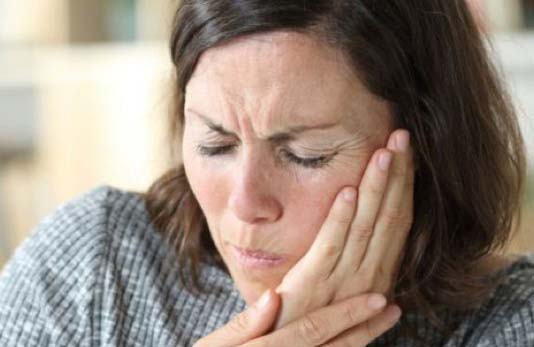Your dentist can spot acid reflux

If you've ever had a very spicy meal or a rough week at work, you 've probably experienced the painful burning sensation in the chest and throat known as heartburn. But persistent symptoms that occur more than twice weekly may be a sign of gastroesophageal reflux disease, or GERD.
Another acid reflux-related condition that can develop is laryngopharyngeal reflux, also known as LPR or silent reflux. Silent reflux is especially common in infants and children, and symptoms can be a little different between kids and adults. In kids, silent reflux symptoms include hoarseness, chronic cough, trouble eating and noisy breathing. In adults, silent reflux symptoms can include, excessive throat clearing, persistent cough, hoarseness and the feeling of a lump in the throat that doesn't go away.
How can your dentist tell if you have acid reflux?
Acid reflux, is caused when your esophageal sphincter, which separates your stomach from your esophagus, lets acid seep out of the stomach. This acid often causes the symptoms of heartburn, but not always. Sometimes the first indication that you may have GERD or silent reflux is the erosion of the enamel on your molars or on the backside of teeth as stomach acid eats away at the enamel.
What can you do?
Loss of enamel is permanent and can increase your risk of tooth decay. Enamel is a protective layer on the outside of your teeth. Acid reflux can cause other long-term damage, such as irritation and inflammation of your esophagus, which makes you more susceptible to esophageal cancer.
That’s why getting a regular oral exam from a dentist is so important — your dentist may find early symptoms of a potentially serious problem before it progresses. In fact, more than 90% of systemic diseases have oral manifestations that may be detected during an oral exam by a dentist.
Prevent reflux
You can lower your risk of acid reflux:
- Eat smaller meals
- Stay upright after eating (try to avoid post-lunch naps!)
- Avoid smoking and drinking alcohol.
Changing your diet can also help. Trigger foods and drinks include those high in acids, such as:
- Tomatoes
- Citrus fruits
- Chocolate
- Coffee
- Mint
- Garlic and onions
- Meals that are spicy, acidic or high in fat
Losing weight, especially in the abdominal area, can also go a long way in reducing acid reflux.
Last updated February 11, 2022
Related articles:
The oral health information on this website is intended for educational purposes only. Always consult a licensed dentist or other qualified health care professional for any questions concerning your oral health.


